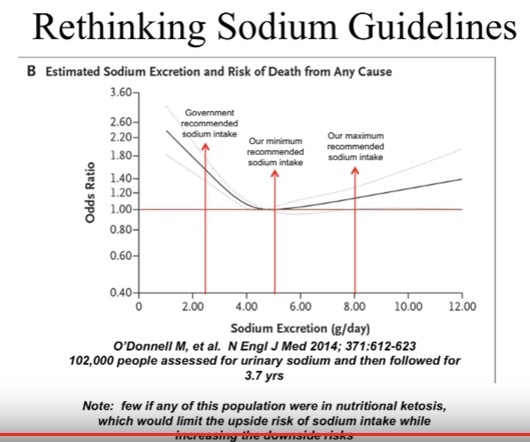We all know you need to take plenty of salt on keto… it helps the transition to fat adaptation, and eases fasting. At least, that’s the general wisdom.
Something came up on my twitter feed recently about a low salt diet actually increasing the risk of heart disease, and I think it said the optimal amount of sodium is 5-6g per day, which is two and a bit teaspoons of salt.
Since I’m fasting today I weighed out 5g of Himalayan Pink salt… and I am just staggered by how much salt it is. A heaped teaspoon… and that’s only about half of what they want me to get through? Anyhow - I rather like salt, so I am happy to be nibbling on it during my fast today.
But I am having a bit of a struggle accepting this is actually the amount that’s healthy. I’m sure that, since I stopped using processed foods, I’m not having anywhere near that amount… never mind the twice it.


 hi
hi